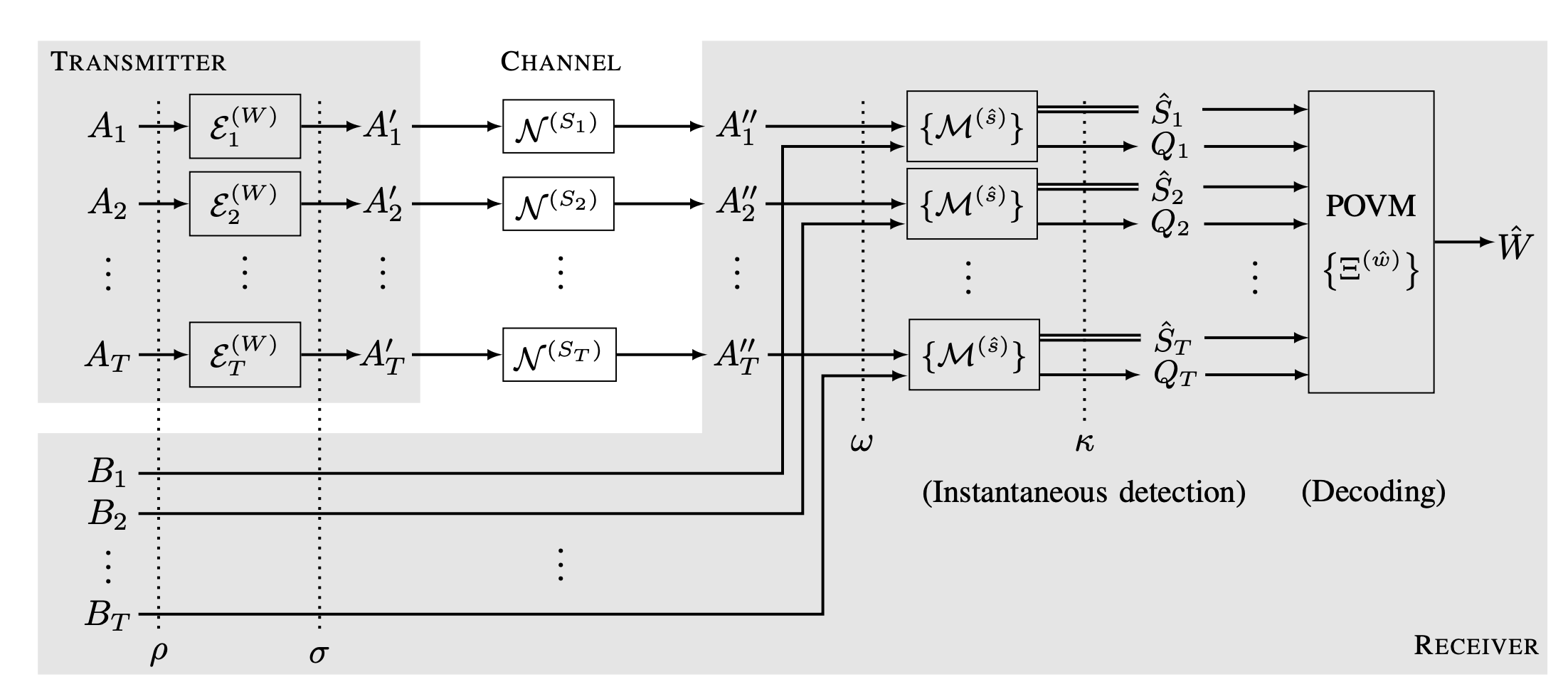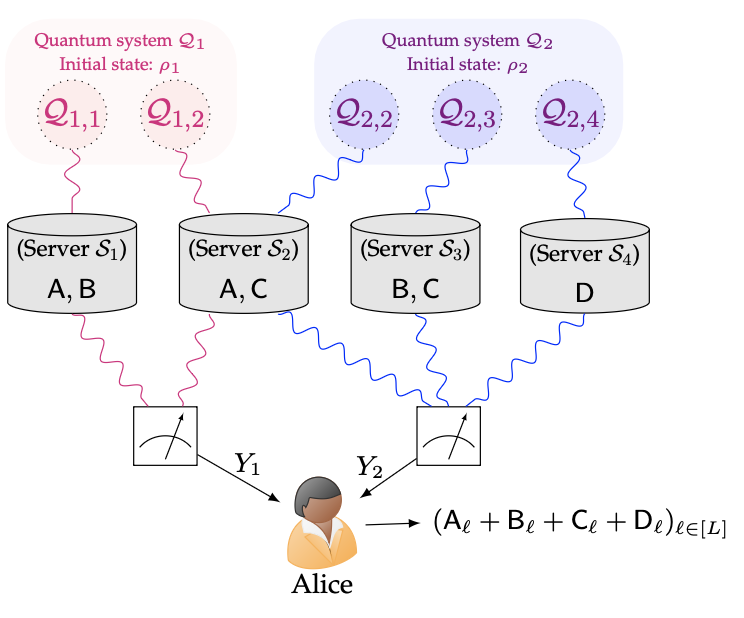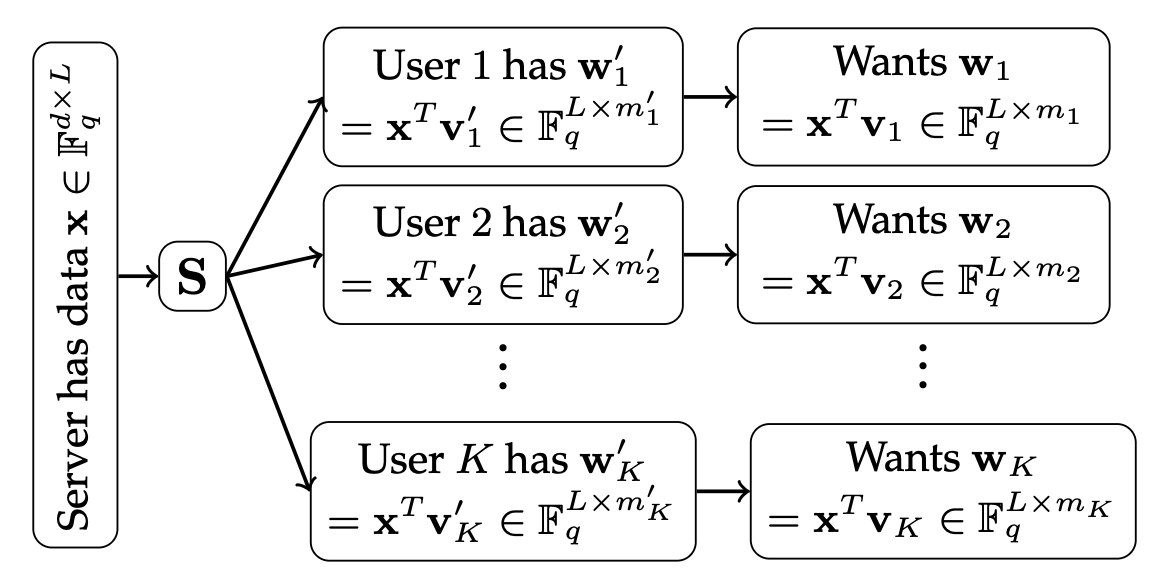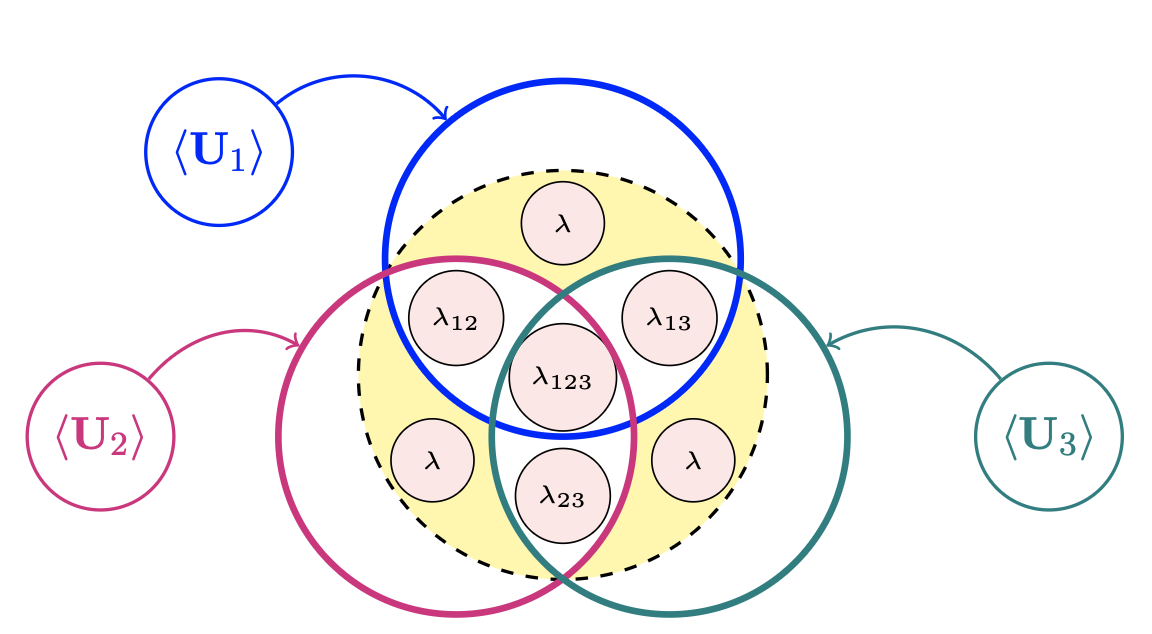
Yuhang Yao
I am a PhD candidate at University of California, Irvine, advised by Prof. Syed A. Jafar. I study fundamental limits (information theoretic capacity) of classical and quantum communication and computation networks, addressing modern concerns such as privacy, security, and reliability. I focus on canonical models underlying such networks, particularly those where the largest gaps remain in our understanding of what is possible and what is impossible.
Email: yuhangy5 [at] uci [.] edu / Google Scholar / LinkedIn



